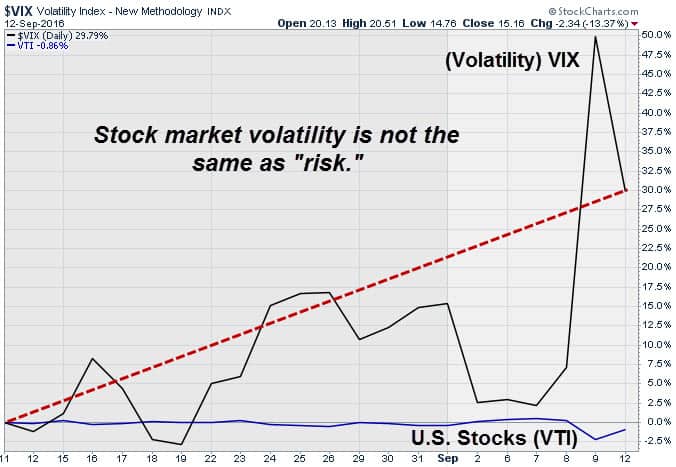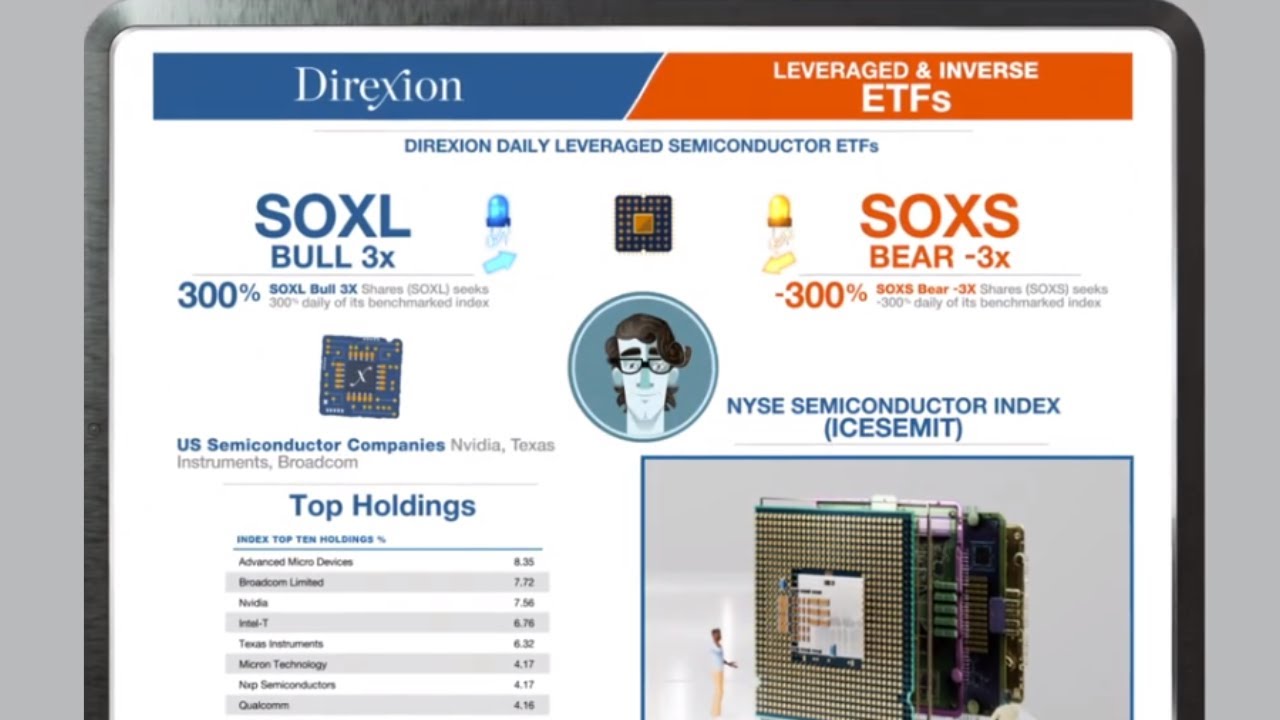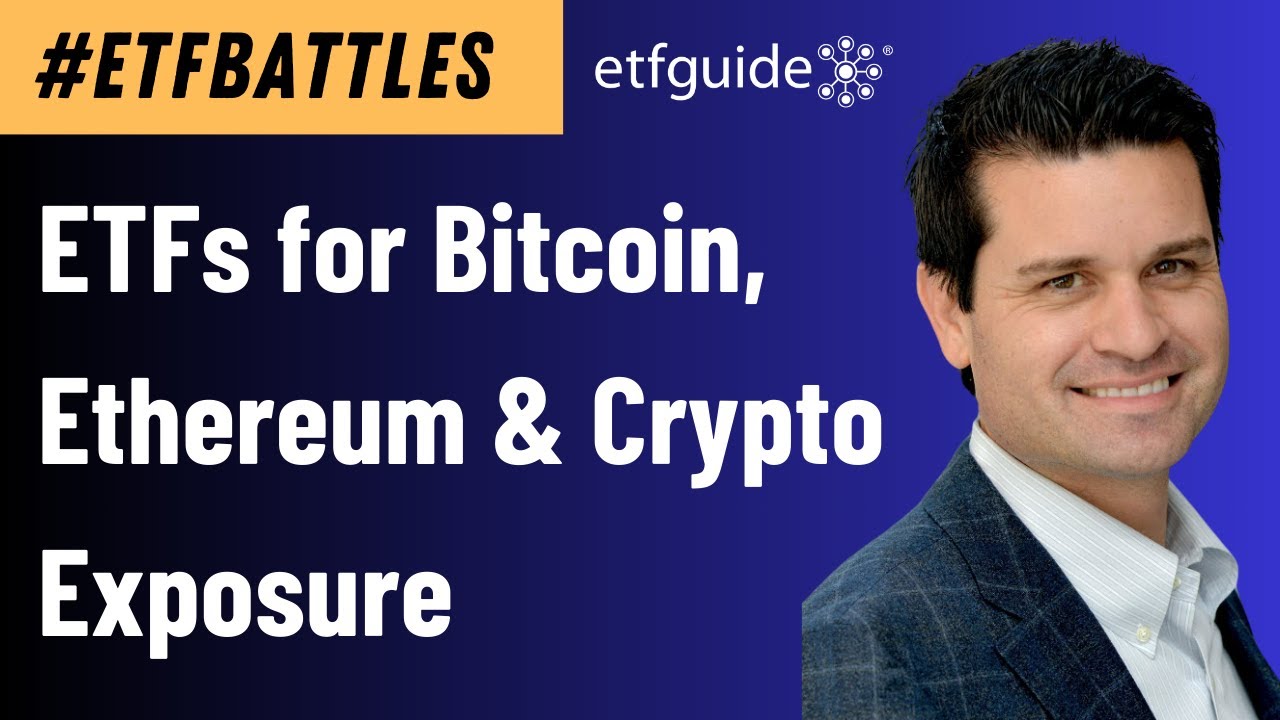On financial networks and in finance classrooms around the globe, stock market volatility is routinely mis-classified as “risk.” Unfortunately, this erroneous view causes people to make investment mistakes.
Elroy Dimson, a London Business School professor once wrote, that risk “means more things can happen than will happen.” It’s an eloquent way for describing risk, which is a multi-dimensional thing that mostly eludes concrete definitions.
(Podcast) The Secret Message Behind Calm Stock Prices
In Berkshire Hathaway’s 2015 annual report, Warren Buffett explained the difference between stock market risk (NYSEARCA:VTI) and volatility (ChicagoOptions:^VIX) this way:
“Stock prices will always be far more volatile than cash-equivalent holdings. Over the long term, however, currency-denominated instruments are riskier investments — far riskier investments — than widely-diversified stock portfolios that are bought over time and that are owned in a manner invoking only token fees and commissions. That lesson has not customarily been taught in business schools, where volatility is almost universally used as a proxy for risk. Though this pedagogic assumption makes for easy teaching, it is dead wrong: Volatility is far from synonymous with risk. Popular formulas that equate the two terms lead students, investors and CEOs astray.”
Although volatility can cause permanent loss when investors sell at the wrong time and lose money, it can also work to a person’s favor when they deliberately avoid selling at the wrong time. In other instances, investors can profit from rising volatility by investing in instruments that rise alongside it.
Beyond volatility, corporate fundamentals play an important role in determining risk and future outcomes (good or bad), especially in the context of individual stocks. For example, Lehman Brothers didn’t go bankrupt because it was a volatile stock, but rather, because it was crushed by excessive leverage and a subsequent liquidity crisis due to bad corporate management. In other words, the volatility of Lehman’s stock prior to its implosion did not serve as an accurate proxy of its risk.
Regardless of the supreme limits in measuring risk that volatility indicators like the VIX (NYSEARCA:VXX) truly have, they still serve a valuable purpose. How? By helping us to understand the mood or sentiment of the market at any given moment. Generally, low volatility or VIX signifies bullish sentiment toward stocks (NYSEARCA:DIA) whereas high volatility is a mark of bearish pessimism. Put another way, VIX levels are a snapshot of market sentiment.
As of late, U.S. stock prices have been relatively docile, yet VIX has shot higher by almost +30% over the past month. (See chart above.) Here’s what it means: If VIX is able to make a +30% move on such complacent and lethargic trading as we’ve had over the past month, it’ll be interesting to watch how high it moves once a real correction with teeth takes over.
The best (and easiest) way for investors to properly manage risk is to pre-determine an exact percentage or dollar amount of their portfolio that gets earmarked for “margin of safety.” This capital is set aside from the rest of the portfolio and serves as a permanent cushion. ETFguide produces a “margin of safety” worksheet for its premium members along with all students enrolled in its online classes.
In the end, proper risk management begins with a crystal clear understanding that risk and volatility aren’t the same beast.




